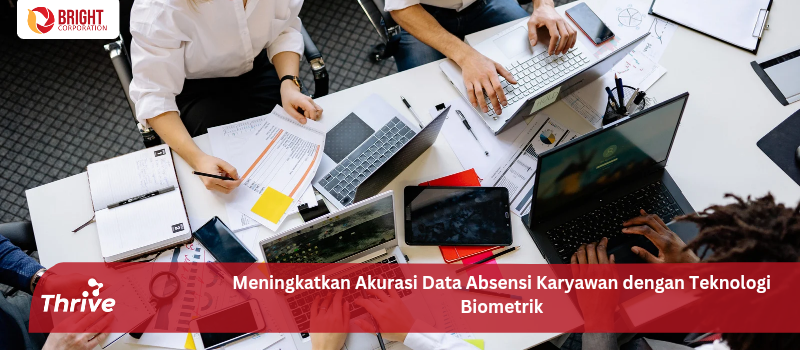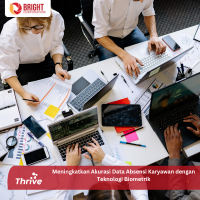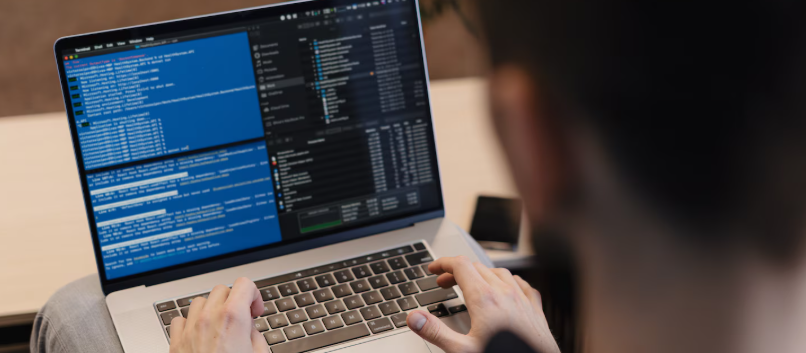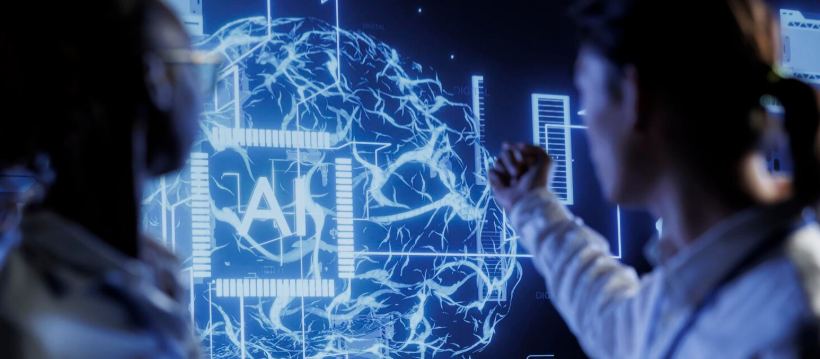In an increasingly competitive business world, operational efficiency and data accuracy are two key factors that can determine a company's success. One area that often becomes a challenge is managing employee absenteeism. Manual attendance systems that use cards, signatures, or paper attendance sheets are not only time-consuming, but also prone to errors and manipulation. To overcome this problem, many companies are now turning to biometric technology as a more reliable and accurate solution.
What is Biometric Technology?
Biometric technology is a method of identifying and verifying individuals based on their unique physical or behavioral characteristics. Some types of biometric technology commonly used in employee attendance systems include fingerprint scanners, facial recognition, and retina scanners. This technology works by taking samples of biometric data from employees, such as fingerprint patterns or facial images, and then storing this data in the system. Every time an employee is absent, the system will verify their identity by comparing the captured biometric data with stored data.
Advantages of Biometric Technology in Attendance Management
The use of biometric technology in attendance systems offers a number of advantages that can help companies improve the efficiency and accuracy of employee attendance data.
1. High Accuracy
One of the main advantages of biometric technology is its high accuracy. The biometric characteristics of each individual are unique and almost impossible to replicate or fake. This makes a biometric-based attendance system very reliable in ensuring that the recorded attendance data really comes from the employee concerned, not someone else.
2. Eliminate Absence Fraud
Manual attendance systems are often prone to fraud, such as "timesheets," where an employee asks a colleague to record attendance on his or her behalf. With biometric technology, this kind of practice is impossible, because each employee must be physically present to take attendance using their biometric data.
3. Time Savings and Operational Efficiency
Biometric technology can significantly reduce the time required for the attendance process. For example, with a fingerprint scanner or facial recognition, employees only need a few seconds to take attendance, compared to a manual system which takes longer. Apart from that, attendance data is also recorded directly in the system automatically, reducing administrative workload.
4. Integration with Payroll System
Biometric attendance systems can be integrated with company payroll systems, so that employee attendance data can be automatically calculated and converted into relevant information for payroll. This not only saves time, but also reduces the risk of calculation errors that often occur in manual processes.
5. Better Data Security
Biometric data is sensitive information that requires high levels of protection. Modern biometric attendance systems are equipped with advanced data encryption and security protocols to ensure that employee data is safe from unauthorized access. This gives employees more confidence that their personal information is being treated securely and professionally.
Application of Biometric Technology in Business
The application of biometric technology in employee attendance systems has been widely implemented in various types of businesses, from large companies to small and medium enterprises (SMEs). Many companies choose to use fingerprint scanners because of their ease of use and installation. However, in work environments with higher security standards, such as in technology companies or research facilities, facial recognition and retina scanning are also starting to be widely implemented.
Challenges and Solutions in Implementation
Although biometric technology offers many advantages, its implementation also faces several challenges. One of the main challenges is the high start-up costs, especially for small companies. However, many biometric solutions providers now offer flexible financing options or pricing plans to suit a company's budget.
In addition, employee training and education is also important in ensuring that biometric technology can be used effectively. Companies need to provide training to employees on how to use biometric attendance systems and ensure that all staff are comfortable with this change.
Thrive delivers Keloola Absensi a sophisticated biometric-based solution designed to make it easier for companies to manage employee absenteeism. Manage Attendance is a biometric-based attendance system developed by Thrive to help companies manage employee attendance more accurately and efficiently. Using biometric technology such as fingerprint scanners and facial recognition, Keloola Absensi ensures that employee attendance data is not only accurate but also safe from manipulation. This system is designed to meet the needs of companies of various sizes, from small businesses to large companies with thousands of employees.



















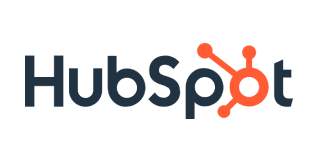





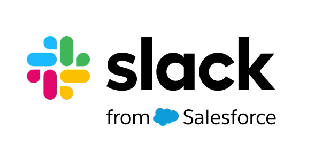


 Industrial Robotics Integration
Industrial Robotics Integration
 IT Outsourcing Service
IT Outsourcing Service
 Secure Internet SD-WAN Connection
Secure Internet SD-WAN Connection
 Digital Marketing Service
Digital Marketing Service

